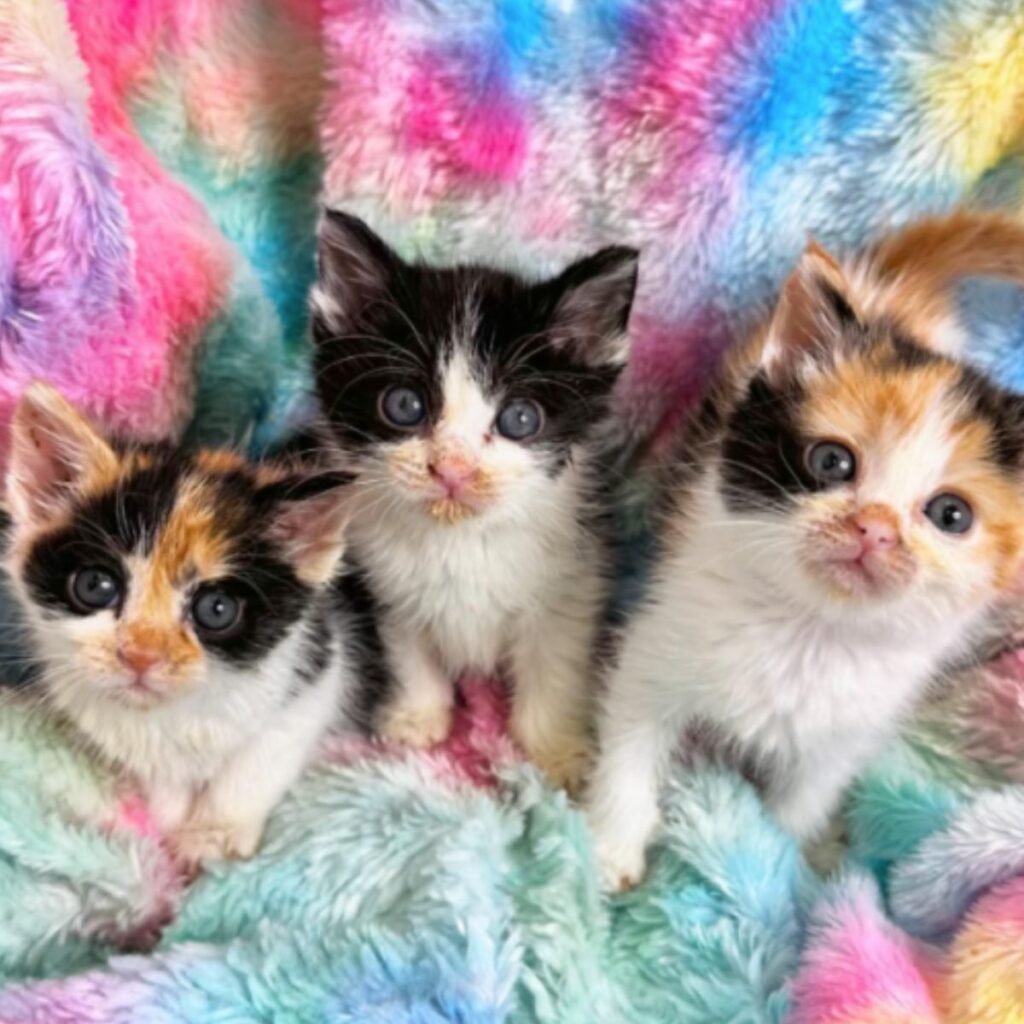Welcome to our Bernedoodle Care Guide, where we provide you with essential tips for keeping your Bernedoodle happy and healthy. Whether you’re a seasoned Bernedoodle owner or considering bringing one into your family, this guide will offer valuable insights and advice to ensure your furry friend thrives.
The Bernedoodle is a unique hybrid breed, a cross between Bernese mountain dogs and poodles. Known for their friendly and playful personality, Bernedoodles make excellent family pets. They come in three sizes: standard, miniature, and tiny, with weight and height varying accordingly. Their low to non-shedding, hypoallergenic coat makes them a great choice for individuals with allergies.
When it comes to caring for your Bernedoodle, training and socialization are paramount. These smart canines need mental stimulation and consistent guidance to be well-behaved companions. Regular exercise, including daily walks and off-leash games, is also essential for their physical and mental well-being.
Grooming requirements for Bernedoodles vary depending on their coat type, ranging from regular brushing to professional trimming. And like any hybrid dog, Bernedoodles can inherit health conditions from their parent breeds. It’s crucial to ensure responsible breeding and schedule regular veterinary check-ups to monitor their overall health and catch any potential issues early.
As you dive into this care guide, you’ll find detailed information on Bernedoodle sizes and classifications, coat types and colors, health and care tips, as well as insights into their behavior and training. With our help, you’ll be well-equipped to provide your Bernedoodle with the love, attention, and care they deserve.
Let’s embark on this journey together and make sure your Bernedoodle leads a happy and healthy life!
Read more: Flame Point Siamese: Breed Traits & Care Guide
Bernedoodle Size and Classification
When it comes to Bernedoodles, their size and classification play a significant role in their care requirements and ideal lifestyle needs. These charming hybrid dogs come in three different sizes: standard, miniature, and tiny.
The standard Bernedoodle typically weighs between 50 to 90 pounds and stands at a height ranging from 23 to 29 inches at the shoulder. These larger Bernedoodles may prefer more space to move around and are well-suited to homes with ample room for them to explore and play.
On the other hand, the miniature Bernedoodle falls into a smaller size range, weighing between 25 to 49 pounds and standing at a height of 18 to 22 inches. These compact Bernedoodles can adapt well to smaller living spaces such as apartments, making them an excellent choice for individuals or families living in urban environments.
For those seeking an even smaller companion, the tiny Bernedoodle is the perfect fit. Tiny Bernedoodles weigh between 10 to 24 pounds and have a height range of 12 to 17 inches. Their compact size makes them suitable for various living situations, including apartments or homes with limited space.
Each size classification comes with its own specific care requirements to ensure the well-being of your Bernedoodle. Whether you have a standard, miniature, or tiny Bernedoodle, providing them with appropriate exercise, nutrition, and grooming is essential for their overall health and happiness.
In the next section, we will explore the different coat types and colors found in Bernedoodles, further adding to the charm and variety of this beloved breed.
Bernedoodle Coat Types and Colors
Bernedoodles are a popular hybrid breed known for their adorable and unique coat types. These coats are usually wavy to curly, adding to their charm and appeal. The varying coat types contribute to the individuality of each Bernedoodle, making every furry companion one-of-a-kind.
When it comes to colors, Bernedoodles offer a wide range of options. The most common colors seen in Bernedoodles include black, black and white, black and brown, and tri-color combinations. These coat colors create a striking and eye-catching appearance that will undoubtedly turn heads.
It’s important to note that coat types and shedding can vary even within the same litter of Bernedoodle puppies. This means that each Bernedoodle may have a unique coat type and shedding pattern, even if they come from the same generation and parents.
Bernedoodles with a higher percentage of poodle ancestry are more likely to have low-shedding or non-shedding coats. This is because poodles are known for their hypoallergenic nature and minimal shedding. However, it’s crucial to understand that not all Bernedoodles are hypoallergenic, as shedding and coat type can differ among individuals.
Whether you prefer a Bernedoodle with a curly, wavy, or hypoallergenic coat, there is sure to be a variation that suits your preferences. To better understand the coat type and shedding potential of a Bernedoodle, it’s recommended to consult reputable breeders or experienced Bernedoodle owners who can provide valuable insights and guidance.
Read more: 10 WAYS YOUR LIFE WILL CHANGE WHEN YOU ADOPT A DOG
Bernedoodle Health and Care
Bernedoodles are wonderful companions with an average lifespan of 12 to 17 years, depending on their size. However, like any other breed, they can inherit health conditions from their parent breeds. It is essential for owners to be aware of these potential health issues in order to provide the best care for their Bernedoodle.
Hip and elbow dysplasia is a common concern in Bernedoodles. These conditions involve abnormal development of the hip and elbow joints, leading to pain, discomfort, and sometimes mobility issues. Regular veterinary check-ups and proper nutrition can help prevent or manage these conditions.
Eye diseases can also affect Bernedoodles. Conditions such as progressive retinal atrophy (PRA) and cataracts can impair vision and overall eye health. Routine eye examinations by a veterinarian can help identify any issues early on.
Cardiac disease is another potential health concern. Some Bernedoodles may inherit heart conditions, such as mitral valve disease or dilated cardiomyopathy. Regular check-ups and a balanced diet can contribute to a healthy heart.
Hypothyroidism is a condition that affects the thyroid gland and can lead to various symptoms, including weight gain, lethargy, and skin problems. Thyroid function tests can identify this condition, enabling appropriate management with medication and dietary changes.
Autoimmune diseases can occur in Bernedoodles, where the immune system mistakenly attacks the body’s own cells. These diseases can affect various organs and systems, including the skin, joints, and blood. Regular veterinary care and monitoring can help detect and manage these conditions.
Von Willebrand disease is a blood clotting disorder that can cause excessive bleeding or be evident during surgeries. Responsible breeders should test their Bernedoodles for this condition to avoid potential complications.
Gastric dilatation-volvulus, commonly known as bloat, is a potentially life-threatening condition that affects deep-chested breeds like Bernedoodles. It occurs when the stomach twists, leading to gas buildup and potential organ damage. Feeding a balanced diet and avoiding strenuous activity after meals can help reduce the risk.
Caring for Bernedoodles
To ensure the well-being of your Bernedoodle, it is important to provide them with proper care and attention.
- Nutrition: Feed your Bernedoodle a balanced and high-quality diet appropriate for their age, size, and activity level. Consult with your veterinarian for specific dietary recommendations.
- Exercise: Regular exercise is crucial for maintaining the health and happiness of Bernedoodles. Provide them with daily physical activity, such as walks, playtime, and interactive games.
- Grooming: Bernedoodles have a low to non-shedding coat that requires regular grooming to prevent matting and keep their coat healthy. Brush their coat regularly and consider professional grooming as needed.
- Dental care: Brush your Bernedoodle’s teeth regularly to prevent dental issues, such as plaque buildup and gum disease. You can also provide dental chews or treats approved by your veterinarian.
- Veterinary care: Schedule regular check-ups with a veterinarian to monitor your Bernedoodle’s health, administer vaccinations, and perform necessary tests. Follow their recommendations for preventive care.
By providing proper health care, nutrition, exercise, grooming, and regular veterinary check-ups, you can ensure a long and happy life for your beloved Bernedoodle.
Read more: BEST 9 FAMILY DOG BREEDS
Bernedoodle Behavior and Training
Bernedoodles are beloved for their affectionate and friendly temperament, making them wonderful companions for families and individuals alike. These intelligent and trainable dogs generally get along well with children and other pets, but early socialization is crucial to develop their social skills and ensure harmonious interactions.
When it comes to training, Bernedoodles respond well to positive reinforcement methods. Using treats and clicker training, you can effectively teach them commands and desired behaviors. Obedience training is essential to establish boundaries and good manners, while providing mental stimulation through activities like agility or puzzle games helps keep their active minds engaged.
Starting training from a young age and providing consistent guidance are key factors in shaping a well-behaved Bernedoodle. Their trainability may vary depending on their inherited traits from the poodle and Bernese mountain dog, so it’s important to tailor your approach to their individual needs. With patience, consistency, and love, you can form a strong bond with your Bernedoodle and help them become a well-rounded member of your family.







